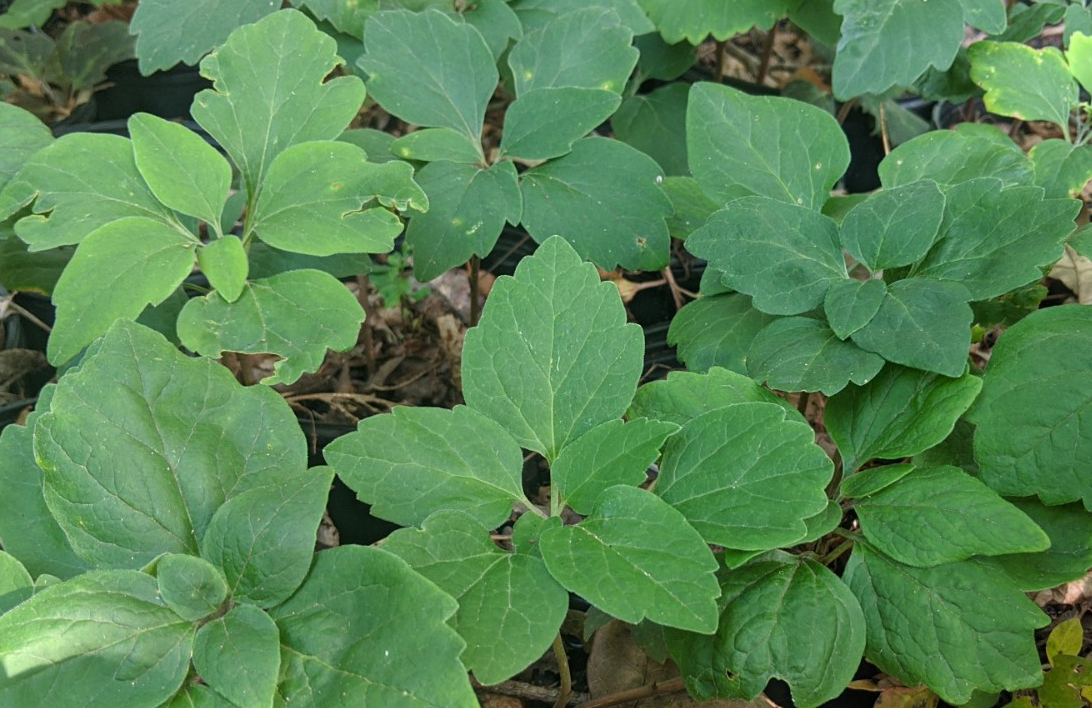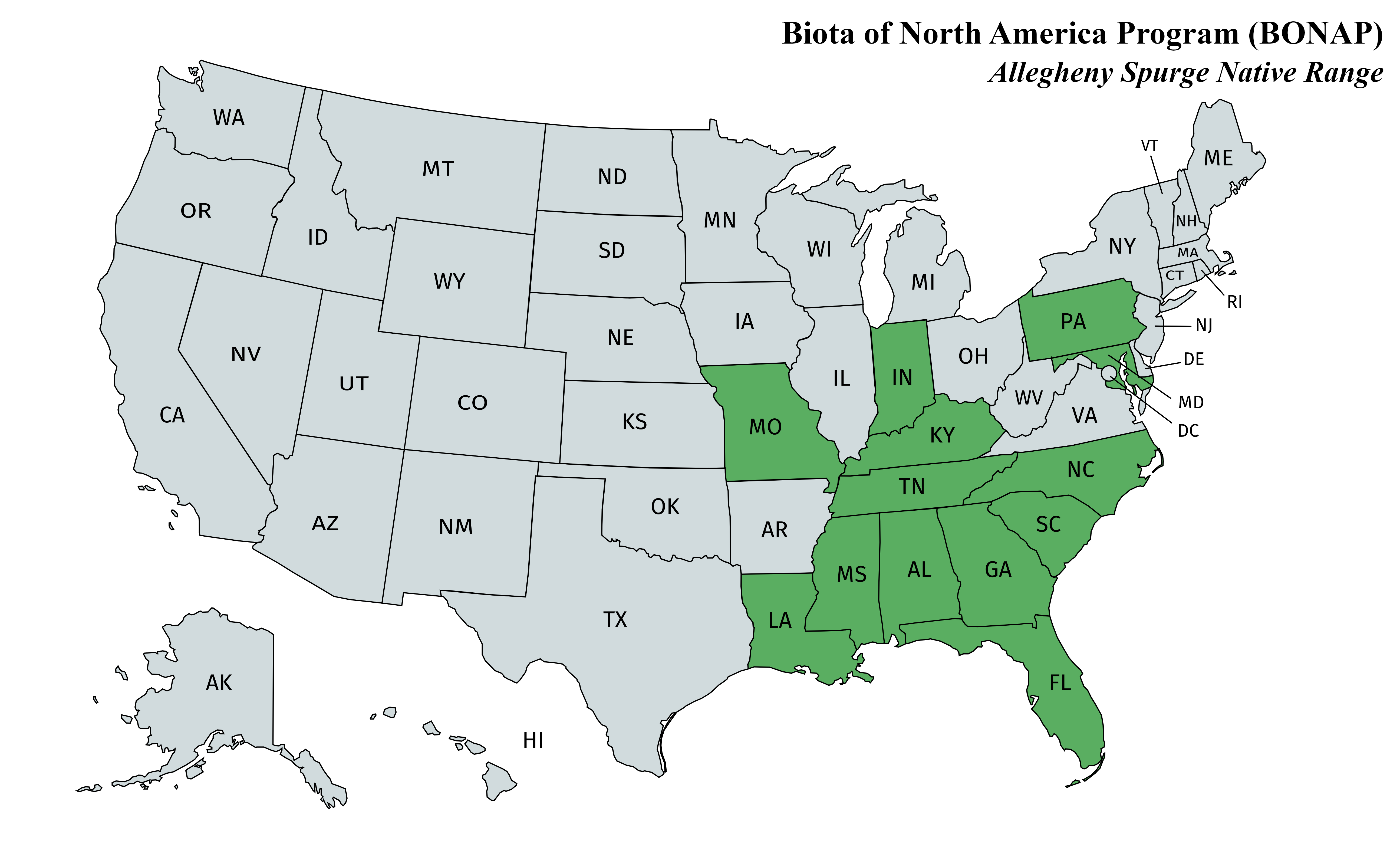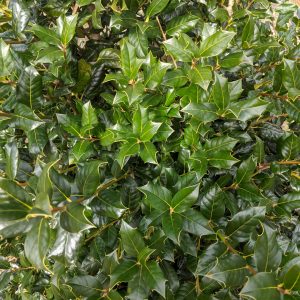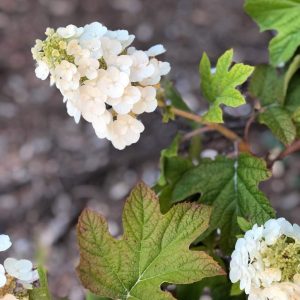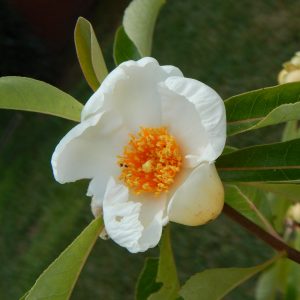Allegheny Spurge
| Qty | 50 | 100-900 | 1000+ |
| Price per Plant | $1.57 | $1.18 | $0.80 |
Pachysandra procumbens
Allegheny Spurge is an excellent (albeit somewhat taller) native ground cover. This means that Allegheny Spurge is most often used to cover bare places of ground and is dense in its nature of growth. The plant is a semi-evergreen, retaining most of its foliage through the winter months. If left to bloom and produce seed, Allegheny Spurge is self-propagating and will readily fill in areas under shade trees and shrubs. The ground cover produces spiked white bloom in the spring and soft green leaves with purple accenting. Winter and early spring foliage is notable for its soft white spots. Allegheny Spurge is excellent in preventing soil erosion. More planting instruction can also be found at boydnursery.net/arrival-care-notes/.
| Classification | |
|---|---|
| Diseases & Insects | Apparently this species is not troubled by die-back problems, scale, or leaf spot which sometimes ruin plantings of other members of the same genus |
| Family | Buxaceae |
| Flowers | White or pinkish, flagrant, borne on 2 to 4" long spikes in March-April |
| Growth Rate | |
| Hardiness Range | zone 4a – 9b *need help finding your hardiness zone? |
| Leaves | Leaves are alternate, simple, evergreen, semi-evergreen and 2 to 4" long. They are 2 to 3" wide and elliptic with new growth that is flat green to bluish green and often mottled |
| Plant Type | |
| Primary Features | |
| Size | 2-8" in height above the soil line |
| Sun Requirement |
What am I buying?
We sell Allegheny Spurge as bare root plant bundles. These bundles are collected and bunched individual plants from stands in the native landscape. Plants are cut down to 2-3″ above the soil line prior to shipment and 8-12″ in overall length including roots. Removing the upper portions of the plants aids in their survivability during shipment since the plants do not waste resources on non-vital portions of stem and leaves. Plants are procured with help from our select list of local growers.
When are plants collected?
Once your order is placed, your plants will be collected as soon as the weather permits. This time-frame is normally within 3-7 days. During heavy order periods (April-May), this collection time can grow to 10-14 days.
How are plants shipped?
All shipments are mailed via USPS Priority Mail using PirateShip.com. We only accept orders within the contiguous United States. We monitor national weather conditions and temperatures for shipments. If at any time your order must be delayed for weather concerns, we will contact you by phone and/or email. The day that your order is completed or partially shipped, you will receive an email containing your package tracking number. You can also find this updated information by logging into your account on our website.

